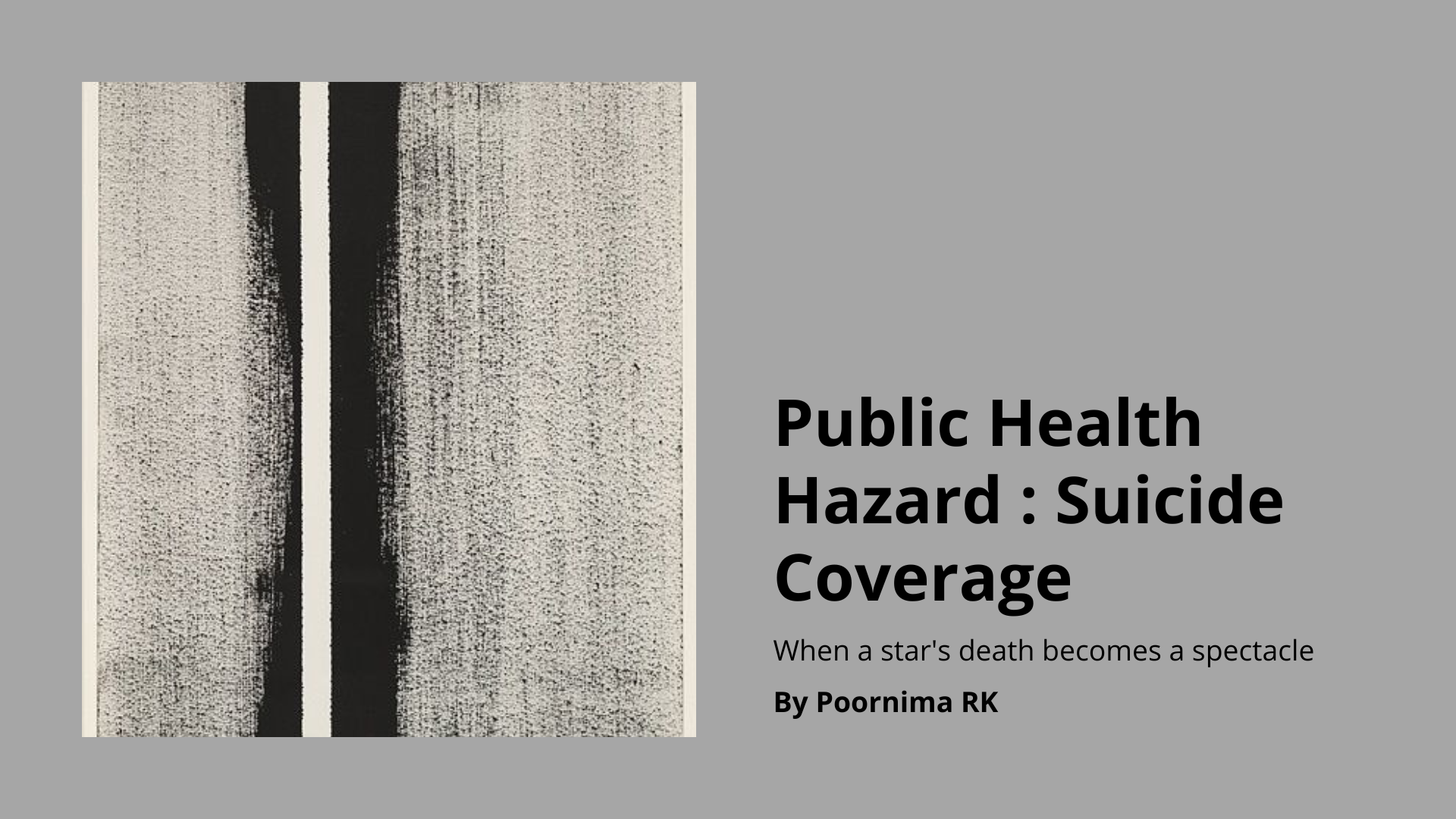Experts warn reckless reporting can harm lives. So why do newsrooms keep getting it wrong?
Bengaluru: I still remember the knot in my chest when Sushant Singh Rajput’s suicide hit the news in June 2020. What should’ve been a moment to pause and reflect became a media free-for-all. TV channels churned out leaked WhatsApp chats, spun wild murder theories, and picked apart his life like it was a reality show.
Experts warn: this kind of coverage isn’t just tasteless; but it's dangerous. The reckless reporting can cost lives.
The Bombay High Court later called it a “vicious campaign”, but the harm was already done to his family’s grief, to India’s fragile mental health conversation, and to viewers quietly battling their own demons.
And damage went far beyond one family's grief, like SSR family their are many families suffering from this grief. India's mental health numbers highlight how the risks are.
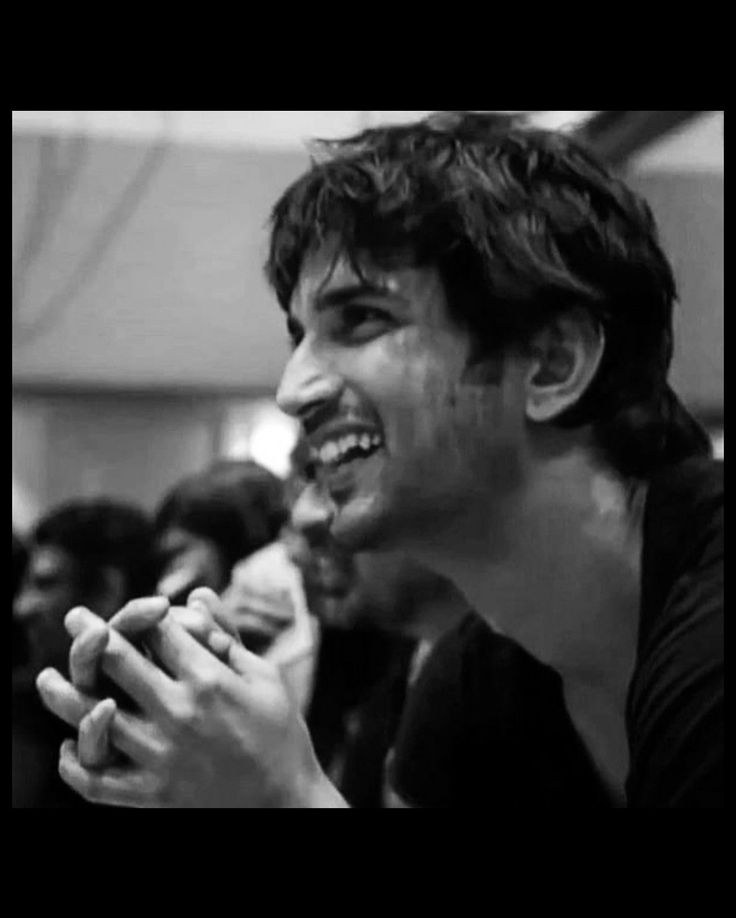
Why it's Matter : India's Mental Health Crisis(Post 2020)
- In India 1 in 4 facing depression & anxiety spiked after 2020.
- 220,0000 suicides every year, highest in the world with youth most effected.
- 10% life with bipolar, schizophrenia,PTSD, etc.
- Only 20% get good treatment in India(NIMHANS, 2016).
- 43% goes untreated due to stigma and poor access (The Lancet, 2022).
Behind every statistics their is a story like Rajput's. It proofs that irresponsible reporting is not insensitive, but it can be deadly.
Key Findings
- Spike in Helpline Calls: National helplines saw a 100–125% increase in calls, especially from urban youth and men (Indian Express, 2022).
- Gen Z/Millennial Impact: SSR’s popularity led to increased openness about therapy, trauma, and loneliness among younger Indians (The Hindu, 2020).
- Media Double-Edged Sword: While many opened up, irresponsible reporting often romanticized or speculated on mental illness (Newslaundry, 2025).
- Policy Pushes: Launch of Tele-MANAS, improved funding for mental health, and expanded helpline networks (WHO, 2020).
The Hidden Harm of Headlines
I’ve seen it too many times: a celebrity’s death turns into a ratings grab. There’s even a name for the fallout: the Werther Effect. It comes from an old novel (one I haven’t read, I’ll admit) where readers copied the main character’s suicide. A British Journal of Psychiatry study noted a 12% spike in suicides after Marilyn Monroe’s death. That’s not just a statistic, it's a warning.
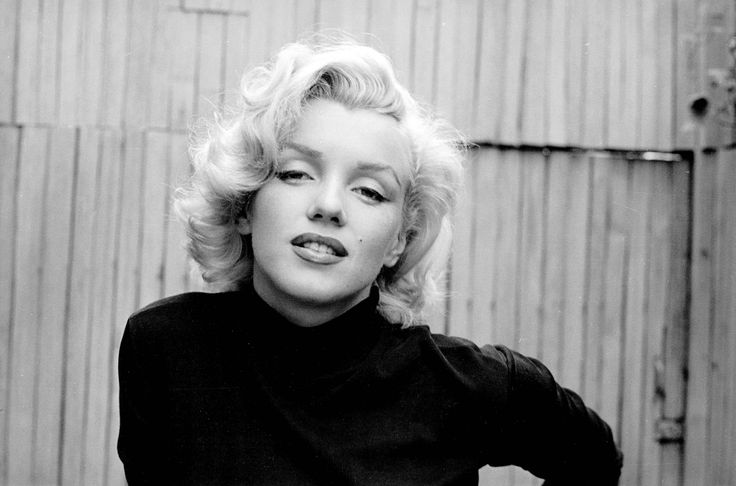
“The way the media frames these stories matters,” says Dr. Soumitra Pathare, director of the Centre for Mental Health Law and Policy in Pune. “Splashy headlines don't just inform. They normalize sucide for those at risk.”
In India, where talking about mental health still feels like breaking a taboo, that risk hits harder (IndiaSpend, 2024).
A Better Way to Tell The Story
Compare the frenzy over Rajput’s death to how Western media covered Anthony Bourdain’s suicide in 2018. I was struck by how The Guardian and TIME focused on his legacy, his passion for food, travel, and stories while slipping in mental health resources. No lurid details, no wild guesses, just respect.
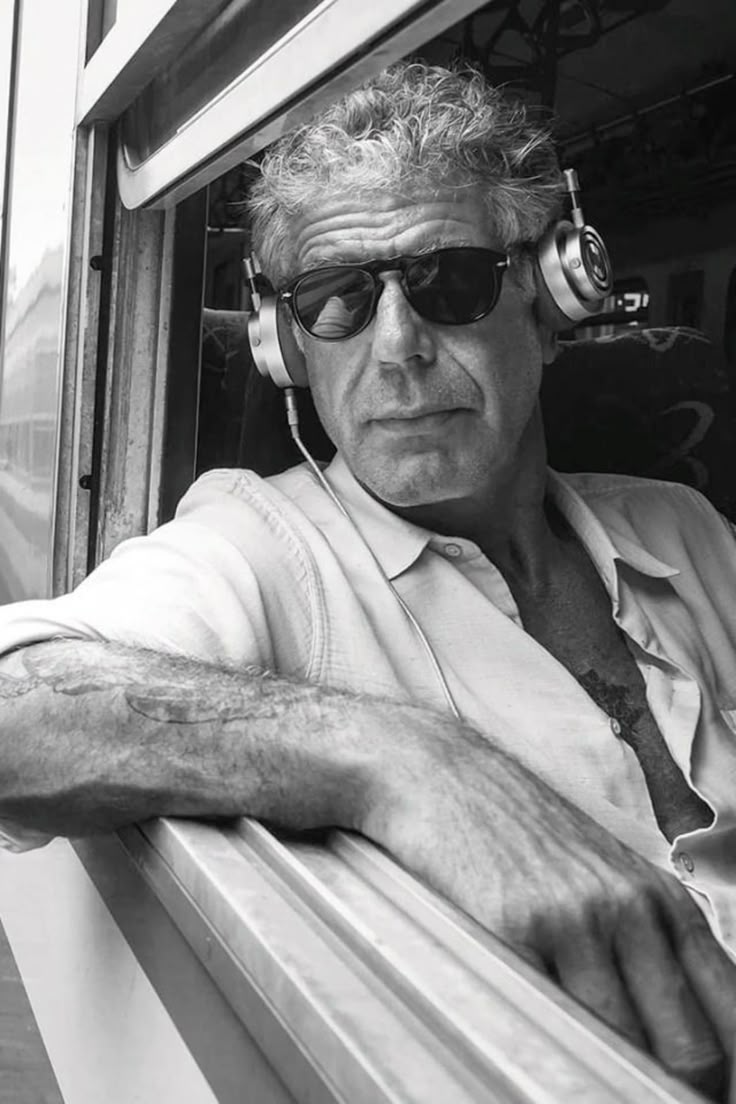
When Linkin Park’s Chester Bennington died, the BBC did the same, sharing tributes and warning signs, even quoting fans about how his music pulled them through dark times. That’s the Papageno Effect: reporting that lifts up, pointing people toward help instead of despair. Why is that so hard for us to do?

Grief in the Age Of Hashtag
Social media pours fuel on the fire. After Rajput’s death, #JusticeForSSR trended for months, mixing real grief with conspiracy videos and clickbait. I’ve scrolled through X and seen fans bare their hearts, only for their posts to sit next to tacky memes or “shocking reveal” thumbnails. It’s mourning, but make it go viral.
This cycle of sensational news feeding social media, social media demanding more sensational news keeps spinning. It’s not just India. When Robin Williams died, YouTube was flooded with “tribute” videos that slid into graphic speculation.
Rules Exist, But Who Follows Them?
The World Health Organization, Samaritans UK, and India’s Press Council have clear rules for reporting suicides:
- skip the method.
- don’t romanticize the act.
- avoid speculation.
- always include helplines.
Sounds straightforward, right?
Yet, in Rajput’s case, channels broke every rule. I’ve watched anchors debate rope knots and “motives” like they’re crime show hosts, not journalists. It’s not just sloppy, it's reckless
We’re Part of the Problem
Here’s the tough part: we, the audience, keep this machine running. “Newsrooms chase what we click on,” says a Mumbai-based media ethics expert. “If we share the loudest, most dramatic stories, that’s what they’ll churn out.”
They’re not wrong, but it’s not just on us. Journalists need to step up, learn about mental health, talk to experts, and stop treating tragedy like a TRP jackpot. And maybe we, as readers, need to rethink what we amplify. Ever shared a juicy headline without thinking twice? I have.
More Than a Headline
A celebrity’s suicide isn’t just another news cycle. It’s a chance to talk about mental health, share resources, and show empathy. Done right, journalism can turn loss into hope, guiding someone to a helpline instead of a breaking point.
Next time a star’s death hits the news, let’s demand better not just from reporters, but from ourselves.
Need Help?
If you or someone you know is struggling. Please reach out:
- iCall at +91 9152987821
- AASRA at +91 9820466726.
You’re not alone.
Note:
Readers are encouraged to verify these numbers before use, as contact details may change.
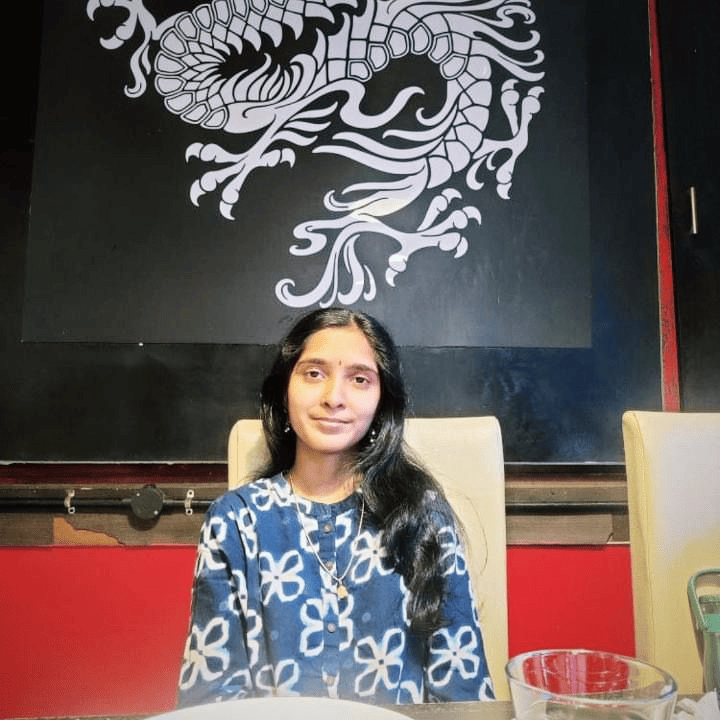 Poornima RK
Poornima RK